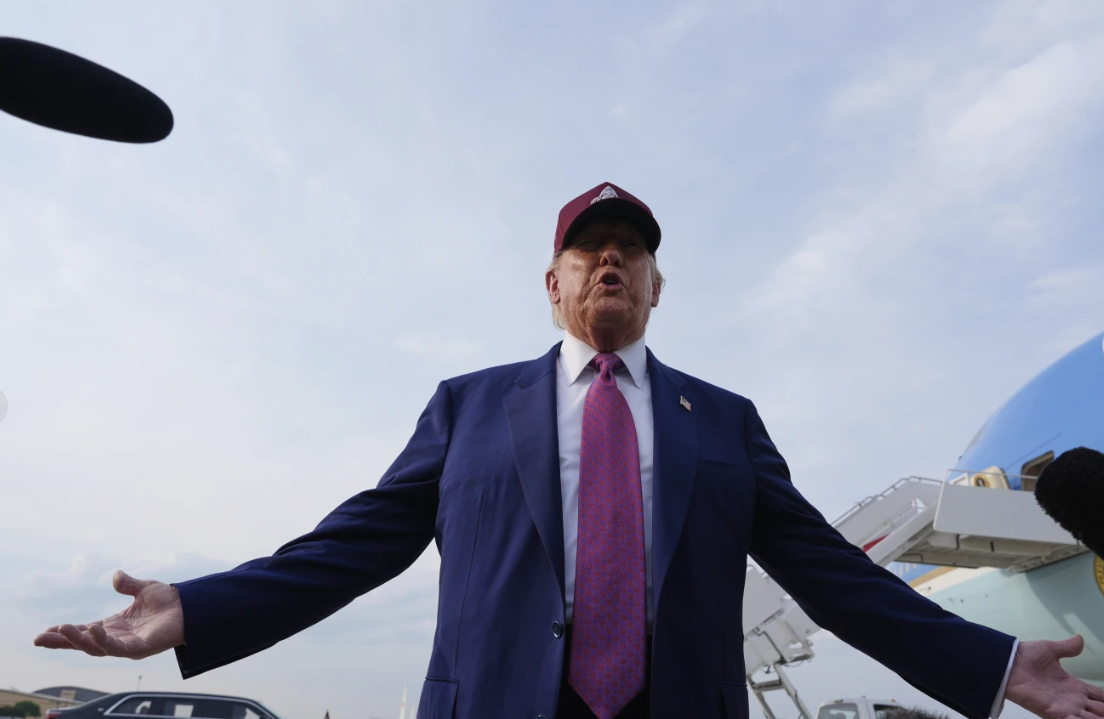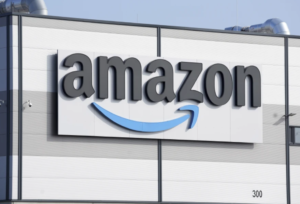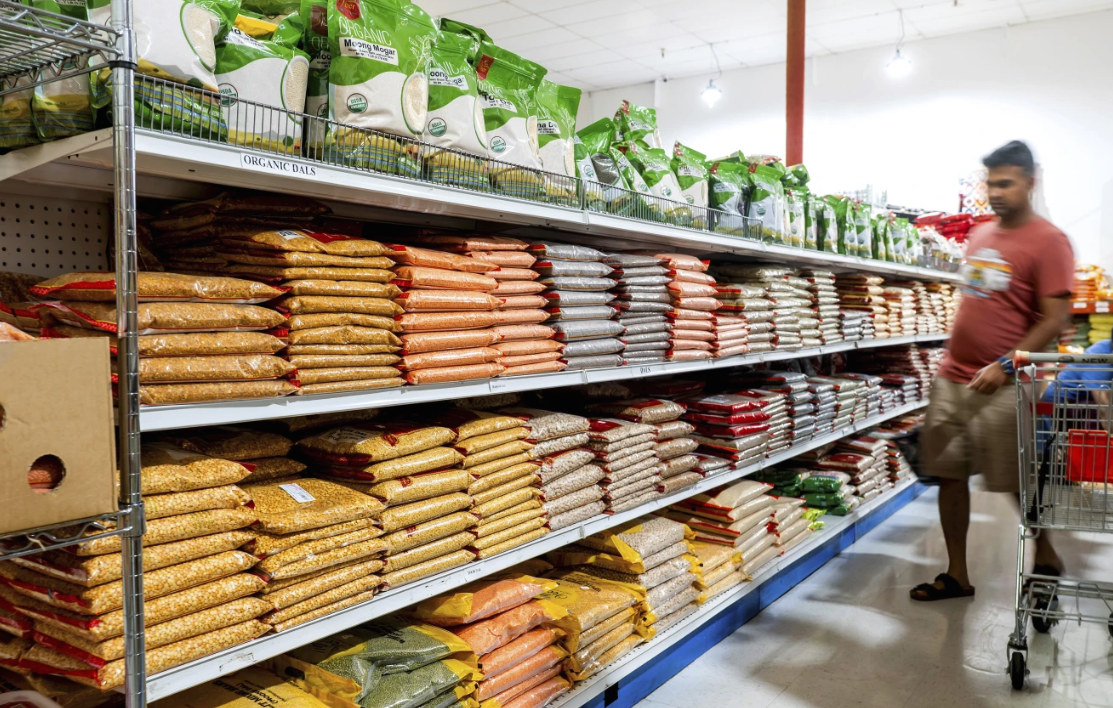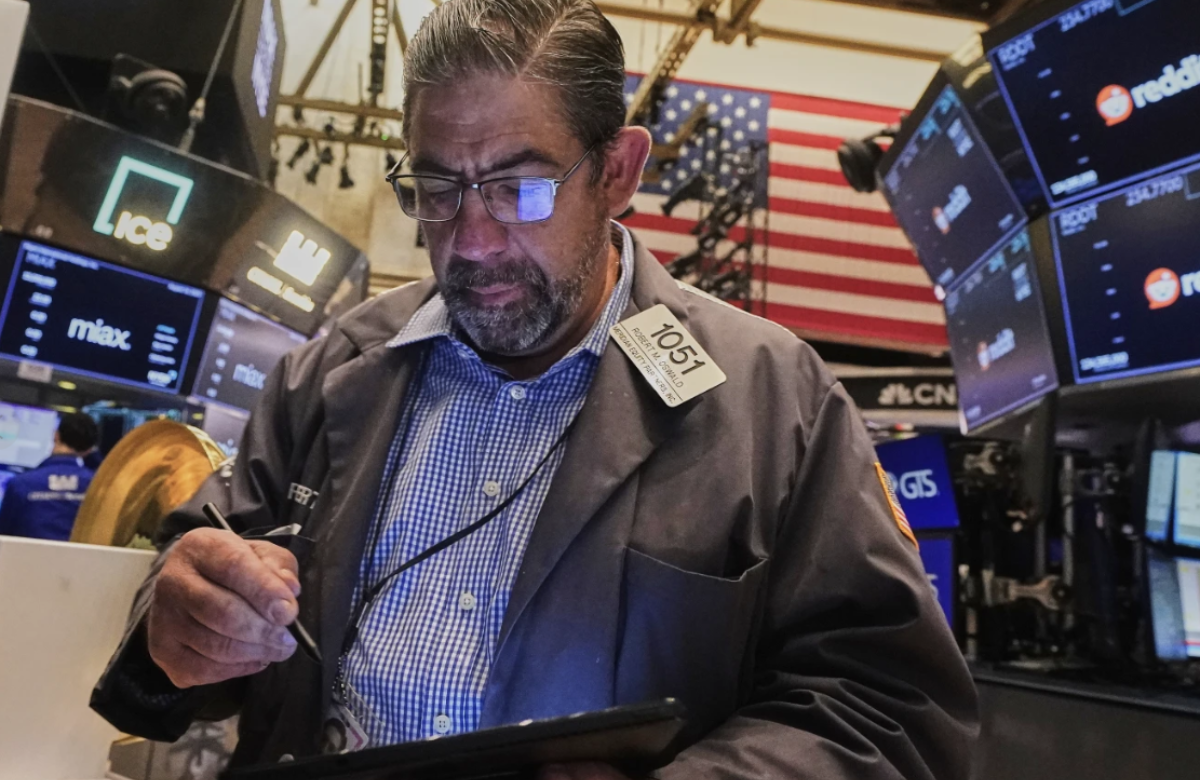Former President Donald Trump announced Wednesday that the United States will receive magnets and rare earth minerals from China as part of a newly established trade framework. Under this deal, tariffs on Chinese goods will amount to a total of 55%.
In exchange, the U.S. will permit Chinese students to study at American colleges and universities—a shift in tone after Trump had previously taken steps to limit the presence of Chinese nationals on U.S. campuses.
While Trump referred to the agreement as a “deal,” it is technically a preliminary framework designed to pave the way for a broader trade agreement between the two countries. Trump had previously vowed to strike quick trade deals with multiple nations, but so far, only the United Kingdom has a confirmed agreement with the U.S.
According to a White House official who spoke anonymously, the 55% figure is not a hike from the previous 30% tariff on Chinese imports but rather includes a combination of earlier levies.
On his social media platform, Trump wrote, “OUR DEAL WITH CHINA IS DONE, SUBJECT TO FINAL APPROVAL WITH PRESIDENT XI AND ME,” and confirmed that China would provide the U.S. with full magnet supplies and required rare earth minerals upfront. He further added, “WE ARE GETTING A TOTAL OF 55% TARIFFS, CHINA IS GETTING 10%. RELATIONSHIP IS EXCELLENT!”
China issued a brief statement on the discussions but shared no specific details.
In a follow-up post, Trump said he and Chinese President Xi Jinping would work closely to further open Chinese markets to U.S. trade, calling the initiative a “great WIN” for both sides.
The framework was finalized in London after two days of meetings between senior negotiators from both countries. It aims to get trade talks back on track following previous disputes that threatened to derail progress.
Meanwhile, a report by Global Rights Compliance, an international human rights organization based in the Netherlands, raised concerns that global brands might be linked to forced labor through Chinese supply chains. The report named companies like Avon, Walmart, Coca-Cola, Nescafe, and Sherwin-Williams as potentially benefiting from minerals sourced from Xinjiang, a region where China has faced allegations of forced labor involving Uyghur Muslims and other minorities.
The report identified 77 Chinese suppliers involved in the mining and production of titanium, lithium, beryllium, and magnesium in Xinjiang, suggesting they may be involved in state-run “labor transfer programs.”
In response, China’s Foreign Ministry denied any claims of forced labor in the region.
The companies mentioned have not yet responded to the report.
Trump’s announcement also highlights his continued unpredictable approach to tariffs, frequently adjusting rates in ways that leave global trade partners uncertain. Recently, he increased tariffs on steel and aluminum to 50%, raising concerns among U.S. manufacturers and builders who depend on those materials.
He also threatened the European Union with a 50% tariff to jumpstart stalled negotiations, only to delay action as the current 90-day window for talks is set to close around July 9. A similar negotiation period with China will end in mid-August, though Trump retains the option to change deadlines and tariff structures, emphasizing flexibility over firm commitments.
Next week, Trump is expected to attend the G7 summit in Canada, where trade will likely be a central topic of discussion with other world leaders still navigating his shifting trade policy.
On Tuesday night, Trump celebrated a federal appeals court decision allowing the U.S. government to continue collecting tariffs while legal challenges to his trade agenda proceed.
Despite tensions, the U.S. and China remain at odds on core economic priorities. The U.S. aims to boost domestic manufacturing and use tariff revenue to fund tax cuts, while China is focused on enhancing its technological edge—moving from electric vehicles toward artificial intelligence development.
Although concerns about tariffs fueling inflation persist, recent data from the Labor Department showed consumer prices rising at a modest 2.4% annual rate. The cost of automobiles and clothing even declined slightly, suggesting that, for now, the impact of tariffs on inflation remains limited.














